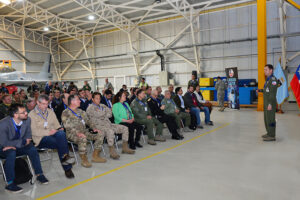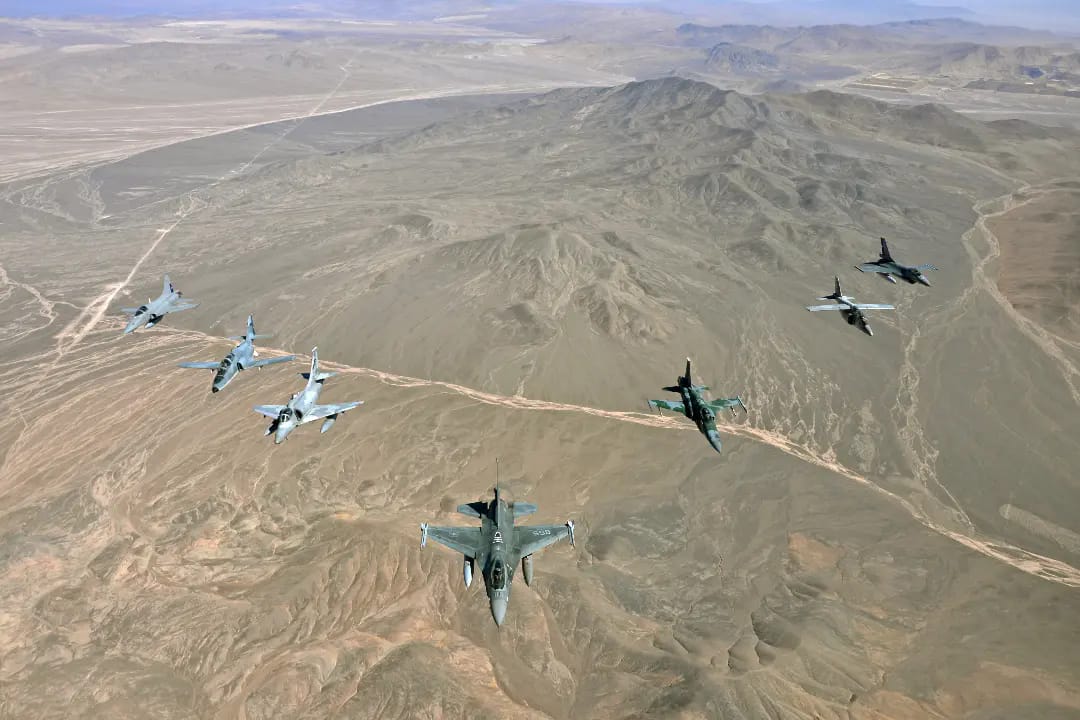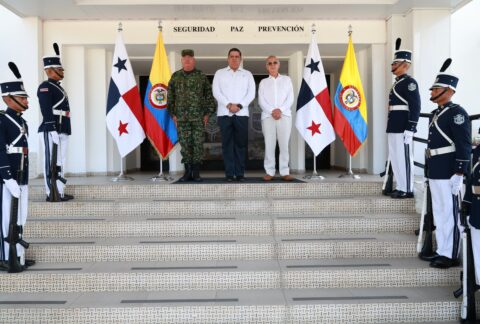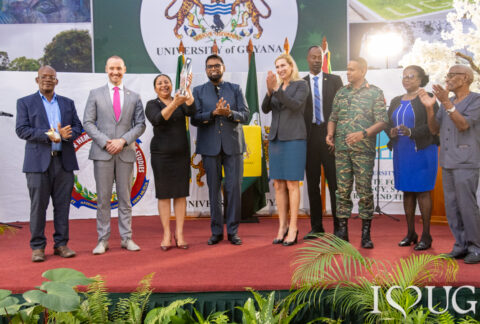The Salitre combined multinational air exercise is one of the largest and most important in South America. Its objectives are to increase interoperability of participating forces under North Atlantic Treaty Organization (NATO) regulations, exchange experiences in the conduct and execution of assets in combined operations, and strengthen ties of friendship.
“Salitre 2022 was an exercise that marks an acceptance, understanding, and projection that conflict today is multi-domain, and that control of the space domain is fundamental in any modern war,” Miguel Navarro, a professor at Chile’s National Academy of Political and Strategic Studies, told Diálogo. “That the United States has agreed to come, incorporating its Space Force, is a recognition of Chile’s emerging development in the use of space for military and peaceful purposes.”

The Chilean air Force (FACh) oversaw planning, coordination, and development of the exercise at the Cerro Moreno Air Base in Antofagasta and Los Cóndores Air Base in Iquique, in the north of the country.
Assets from the air forces of Argentina, Brazil, Chile, and the United States; and observers from Canada, Mexico, Peru, and Uruguay participated in Salitre 2022, October 10-21. On this occasion, FACh Aviation commandos and members of the U.S. Air Force Joint Terminal Attack Controller participated.
The exercise consisted of four phases: The first involved the deployment of means and personnel; the second involved adaptation and familiarization with the operational environment, with interdiction, air and ground attack, and close air support missions. The third was a composite air operation exercise, while the fourth phase incorporated information and withdrawal.
This year, the FACh participated with seven of its aviation groups. For its part, the Argentine Air Force attended with 81 troops and weapons systems, and the Brazilian Air Force delegation with 75 troops, the forces reported on their official websites.
Salitre 2022 presented a fictitious scenario where a country, “Red Land,” illegally occupied territories of the “Yellow” country, carrying out hostile actions sustained through military force, leading to the displacement of civilians and humanitarian emergencies.
“Through a United Nations resolution an international coalition was created with air assets operating from the ‘Blue Earth’ country, with a combined force in charge of ensuring that the aggressor ceased hostile actions on civilians, also fighting off the aggressor by means of air operations over strategic targets in the ‘Red Land,’ forcing the restitution of occupied territories and reversing the humanitarian situation caused,” FACh General Leonardo Romanini, director of Salitre 2022, told Argentine news site Gaceta Aeronáutica.
For the first time Salitre had a Space Cell as part of the exercise’s Combined Air Operations Center, which was composed of specialists from the Space Operations Group and the FACh’s Aerial Photogrammetric Service, and that also integrated the U.S. Space Force. The Space Cell was dedicated to the operation and use of the information obtained via satellites for the correct aerial and terrestrial operations.
“Today, space plays a dominant role in theaters of operation, and space systems have an impact on air and ground systems,” said FACh Captain Jorge Calderón, head of the exercise’s Space Cell, to the press. “The purpose of this space group is to provide information on what happens in space and how our systems could be affected by either space weather or other satellite systems.”
The results of the multinational training were positive. “We carried out more than 300 air missions, with 50 daily sorties where more than 800 people and 37 aircraft from all forces participated, and the most important thing is that all of this was with zero incidents,” Gen. Romanini told the press.
“[The exercise] was relevant to update procedures and interoperability protocols between the different forces and air capabilities of countries that maintain an important relationship with NATO standards and with the United States,” Guillermo Holzmann, defense analyst and academic at the University of Valparaíso, Chile, told Diálogo. “For Chile, it’s about giving an account of its level of training, its professional and combat capabilities. It also means putting to the test the coordination and logistics capabilities that a deployment requires, in this case associated with low-intensity conflict.”









